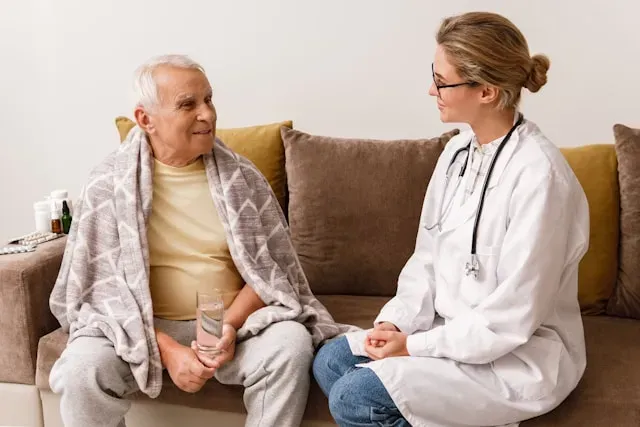
Geriatric Occupational Therapy
Empower older adults with Geriatric Occupational Therapy! Explores its benefits, services, and exercises.
Get carepatron free
Commonly asked questions
Older adults facing challenges with daily tasks due to age-related decline, chronic conditions, or cognitive impairment can significantly benefit from Geriatric Occupational Therapy. This service empowers them to maintain independence, improve safety, and enhance their well-being.
Geriatric occupational therapists employ diverse interventions, including recommending assistive devices, modifying home environments, training on compensatory strategies, conducting occupational therapy interventions, cognitive rehabilitation programs, and providing caregiver education and support.
By promoting independence, safety, and functional abilities, Geriatric Occupational Therapy allows older adults to participate more actively in daily life and leisure activities. It also addresses cognitive decline, mental health, and caregiver needs, ultimately enhancing their overall quality of life.







